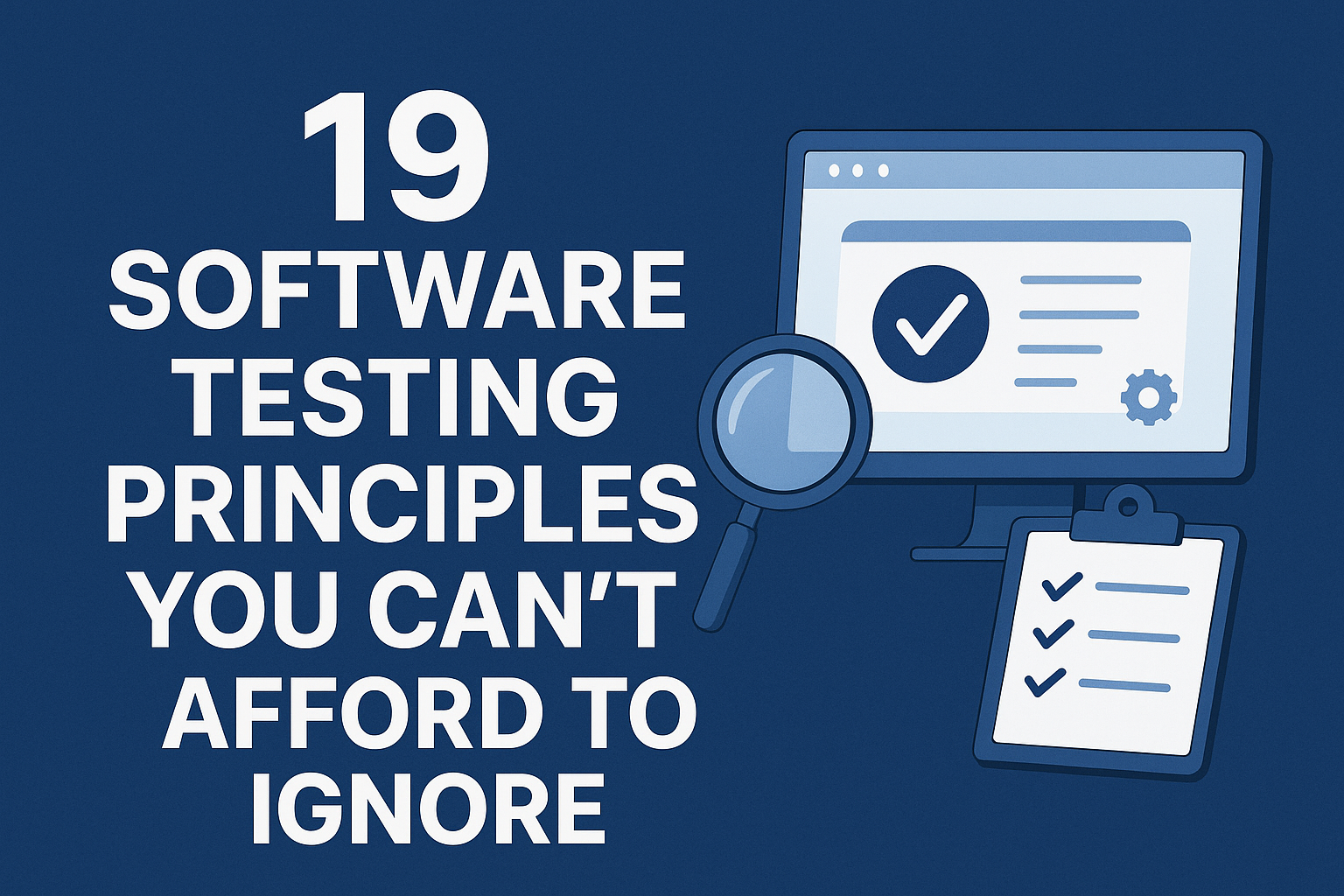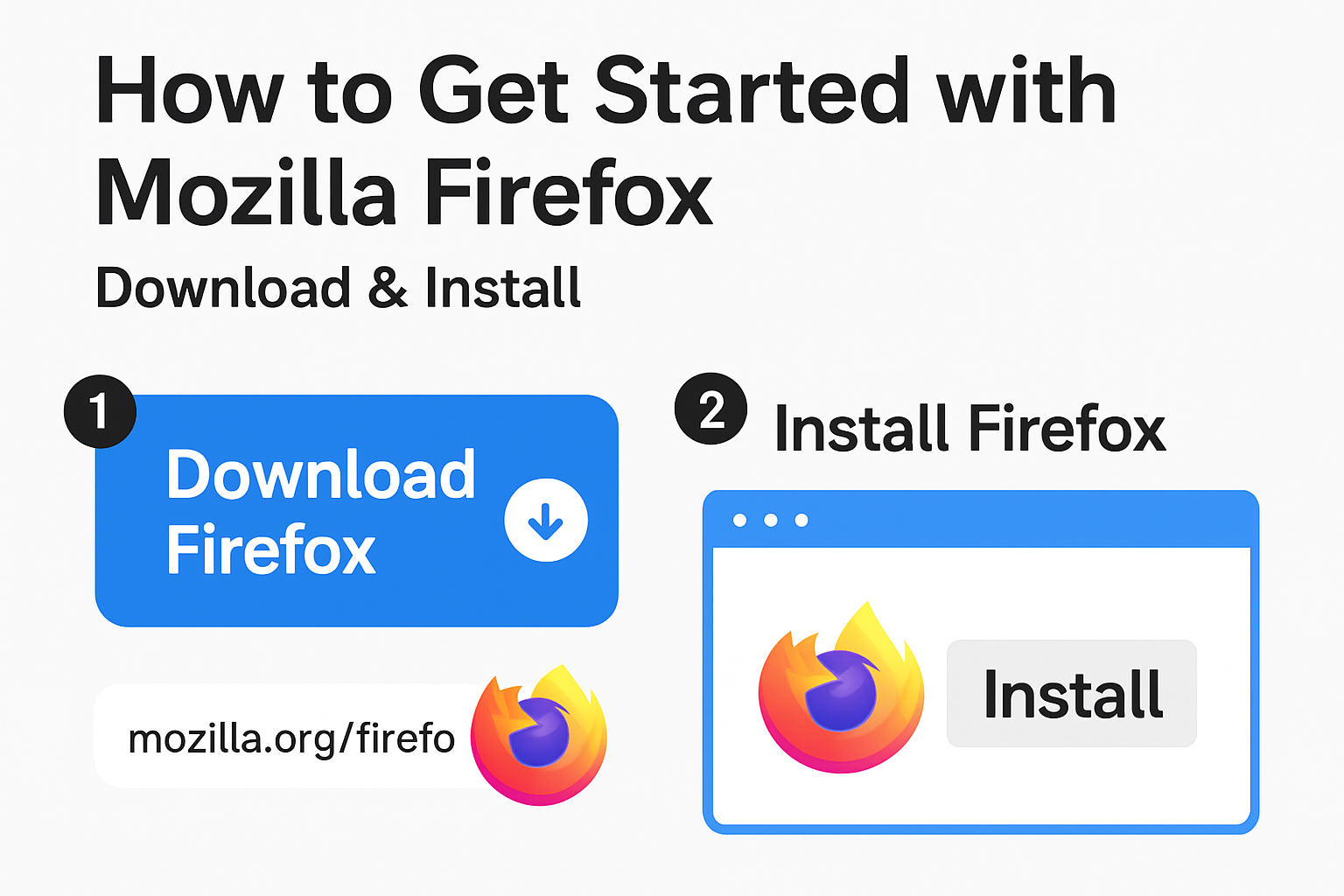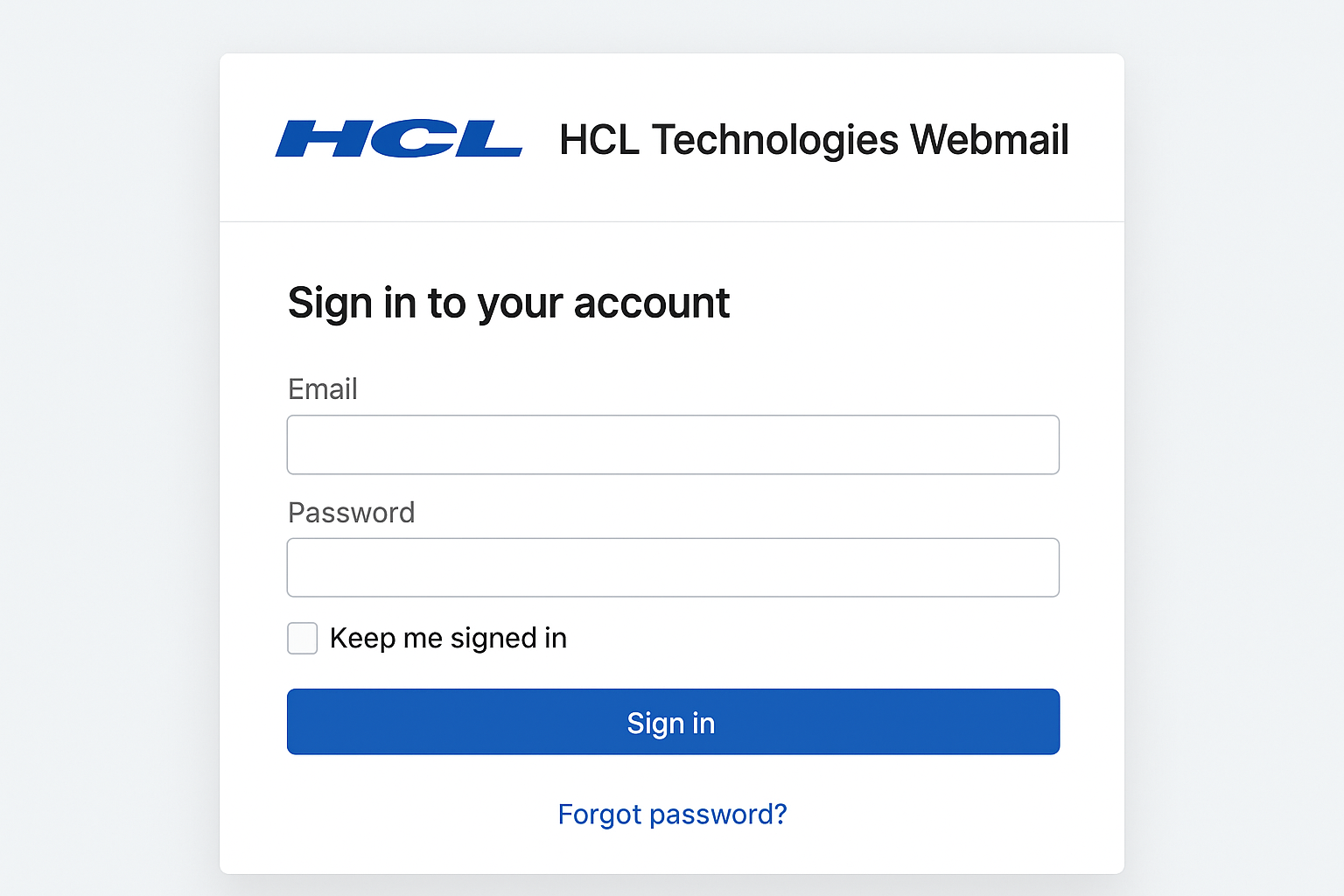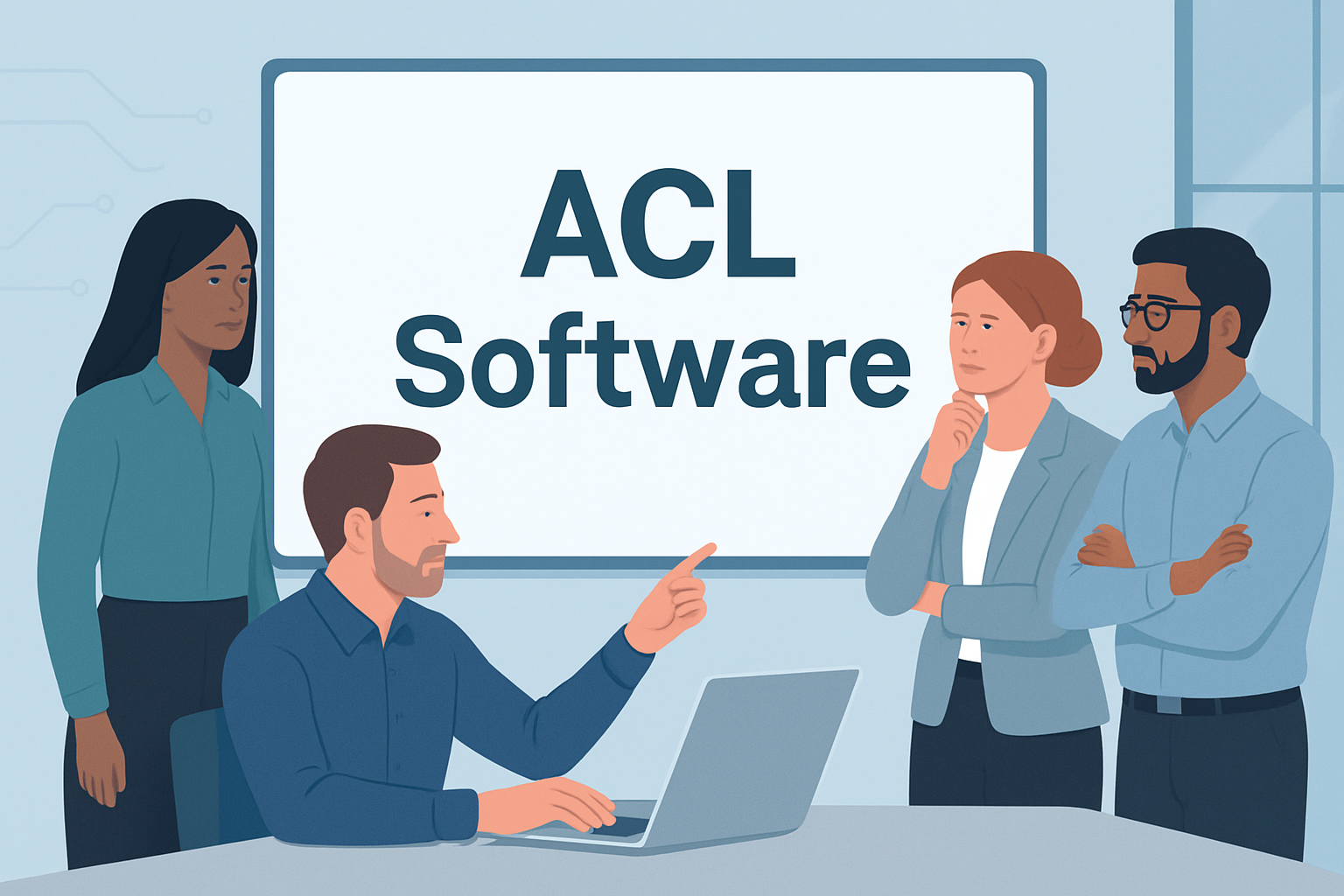In the intricate digital ecosystem of an Android device, every action, from opening a photo to sharing a file, relies on a complex web of permissions and pathways. Occasionally, users encounter a string of characters that seems more like a cryptic code than a functional component of their phone. One such string is content://cz.mobilesoft.appblock.fileprovider/cache/blank.html. To the uninitiated, it’s a jumble of jargon. But to those who understand the architecture of Android, it reveals a fascinating story about security, app sandboxing, and the mechanisms that keep our digital lives running smoothly. This article will demystify this URI, exploring its purpose, its components, and its implications for the average user.
At its core, this URI is not a website address you would type into a browser like Chrome or Firefox. It is a Content URI, a specific type of identifier used within the Android operating system to securely share data between applications. Let’s break down this complex string into its constituent parts to understand what each segment represents.
- content://: This is the scheme, the foundational part of the URI that declares its type. Just as http://signifies a hypertext transfer protocol link and file:// points to a local file, content:// indicates that this URI is governed by Android’s Content Provider system. This system is a security and abstraction layer that allows apps to share data without granting direct filesystem access to each other.
- mobilesoft.appblock.fileprovider: This is the authority, and it is the most crucial part of the URI for identifying the source. It uniquely specifies which app on the device is providing the content. In this case, it points to the “AppBlock” application developed by MobileSoft (cz.mobilesoft). The fileproviderportion is a specific type of Content Provider that the AppBlock app uses to share its internal files securely with other parts of the system.
- /cache/: This is the path, which directs the request to a specific directory within the app’s designated storage space. The cachedirectory is a temporary storage area where an app can keep non-essential data. This data can be cleared by the system or the user to free up space without harming the app’s core functionality.
- html: This is the specific file being requested. As the name suggests, blank.htmlis likely a simple, minimal, or entirely empty HTML file. It serves as a placeholder or a safe, neutral page to display in a context where some content is required, but the actual content is either being blocked, is loading, or is not applicable.
The Functional Role of This URI in AppBlock
So, why would an app like AppBlock, designed to block distractions and promote focus, need such a specific URI? The answer lies in the technical execution of app blocking.
When AppBlock is active, and you attempt to open a blocked application like Facebook or Instagram, the blocker must intercept that intent. Instead of allowing the social media app to open normally, AppBlock needs to display its own interface—a warning message, a timer, or simply a blank screen to break the habit of mindlessly opening the app.
To display this screen, AppBlock often uses a WebView (a mini-browser embedded within an app). The most efficient way to load a simple, local HTML file into this WebView is via a Content URI. The content://cz.mobilesoft.appblock.fileprovider/cache/blank.html URI is the secure, sanctioned pathway that the Android system provides for AppBlock to serve its own blank.html file from its private cache directory to its own blocking activity. It’s a closed, internal loop that ensures no other app can access that file, maintaining security and privacy.
The Future of Content URIs and App Security
The use of Content URIs, as exemplified by content://cz.mobilesoft.appblock.fileprovider/cache/blank.html, is a cornerstone of Android’s security model. Looking forward, this model is only set to become more robust and granular.
With each new version of Android, Google introduces stricter privacy controls and permission models. We are moving towards a future where apps will have even less default access to user data and to each other. The Content Provider framework is central to this vision. Future iterations may include:
- Enhanced Scoped Access: Instead of granting an app access to all files, the system might allow temporary, permission-to-access just a single URI like content://cz.mobilesoft.appblock.fileprovider/cache/blank.html for a one-time task.
- Improved User Control: Users might see more intuitive prompts explaining when one app is requesting a file from another via a Content URI, giving them clearer oversight over data flows.
- AI-Powered Security: The Android system itself could analyze patterns in Content URI requests to flag potentially malicious behavior where one app is trying to repeatedly access sensitive providers from another.
The humble blank.html file, served via this secure protocol, represents a microcosm of this entire ecosystem—a small, safe piece of data being passed through a heavily fortified and well-defined channel to achieve a larger goal of user-focused productivity and security.
People Also Ask
How do you enable cache in HTML?
This question conflates two different concepts. The cache in the URI path refers to a directory on a device’s storage, not a web cache. However, to answer the spirit of the question: you do not “enable” cache in HTML itself. Caching is a function controlled by web servers and browsers.
- Web Server Control: A web server sends HTTP headers (like Cache-Control, Expires, and ETag) with an HTML file to instruct the browser on how to cache it. For example, Cache-Control: max-age=3600 tells the browser to store the file for one hour.
- Browser Behavior: The browser interprets these headers and stores a local copy of the HTML, CSS, and images. When you revisit the page, it can load the local copy, making the site faster.
- For a Local File: In the context of a local file like html stored in an app’s cache, the “caching” is simply the act of the app saving the file to its temporary storage (/cache/). It is not governed by HTTP headers but by the app’s own logic for managing its temporary data.
Is “cz.mobilesoft.appblock” safe to use?
This is a critical question regarding any application with significant device permissions. Based on its presence on the Google Play Store and its widespread use, “cz.mobilesoft.appblock” is generally considered a safe application for its intended purpose. Its use of the content://cz.mobilesoft.appblock.fileprovider/cache/blank.html URI is a testament to its adherence to modern Android security practices. However, safety also depends on user behavior:
- Source: Always download the app from the official Google Play Store to avoid malicious clones.
- Permissions: Review the permissions it requests. An app blocker needs the “Accessibility” service and “Usage Stats” permission to function correctly, which are powerful. Understand that you are granting it the ability to observe your actions and interact with other apps.
- Reputation: Check recent reviews and ratings on the Play Store. A long history of positive reviews is a good indicator of reliability.
- Functionality: The app’s core purpose is to limit distractions, not to harvest data. Its use of a secure File Provider to serve a simple html file aligns with this non-intrusive functionality.
In conclusion, the URI content://cz.mobilesoft.appblock.fileprovider/cache/blank.html is far from a random error or a piece of malware. It is a sophisticated, by-the-book implementation of Android’s security framework. It represents the silent, background processes that allow our applications to function securely and efficiently. Understanding this URI provides a window into the careful balance Android strikes between functionality and user protection, a balance that will only become more precise and user-controlled in the future. The next time you see a similar string of characters, you’ll recognize it not as a bug, but as a feature of a secure mobile operating system at work.
Frequently Asked Questions (FAQ)
Q1: What does the “content://” part of the URI mean?
The content:// is a URI scheme used by the Android operating system. It signifies that the resource is being provided through Android’s “Content Provider” framework, which is a secure method for apps to share data with each other without granting direct access to their private file systems. It’s a fundamental security and abstraction layer in Android.
Q2: Is “cz.mobilesoft.appblock.fileprovider” a virus or malware?
No, cz.mobilesoft.appblock.fileprovider is not a virus. It is the unique identifier for the secure file-sharing component of the legitimate AppBlock application. This URI is a normal part of how the app functions to display its blocking screen and is a sign that it is using modern, secure Android practices. If you have the official AppBlock app installed from the Google Play Store, this is an expected part of its operation.
Q3: Why does AppBlock need to use a “blank.html” file?
AppBlock uses the blank.html file as a neutral, safe placeholder page. When the app blocks your access to a distracting application like Instagram, it needs to show you something in its place—often a simple screen with a timer or a message. Loading this local blank.html file via a WebView is an efficient and reliable way to display this blocking interface without requiring an internet connection.
Q4: I saw this URI in my browser history. Should I be concerned?
Not necessarily. If you use AppBlock, it’s possible that the embedded WebView (the mini-browser it uses to show the block screen) might report its activity to the main system browser’s history. This does not indicate a security breach. It is simply a trace of the internal page that AppBlock displayed. However, if you see this URI and do not have AppBlock installed, it could be a sign of another app using a similar method, and you should review your recently installed applications.
Q5: Can I delete or clear this “blank.html” file?
You cannot and should not try to manually delete this specific file. It resides in the AppBlock app’s private, protected cache directory. The correct way to manage this is through the Android system’s storage settings. You can go to Settings > Apps > AppBlock > Storage and then tap “Clear Cache.” This will safely delete all temporary files, including the blank.html file, which AppBlock will recreate the next time it needs it.
Q6: How is this different from a regular website URL?
A regular website URL (like https://www.example.com) points to a resource on the internet. The content://cz.mobilesoft.appblock.fileprovider/cache/blank.html URI points to a resource locally on your device. It is an internal address for the Android system to use, not a public web address. Your web browser cannot navigate to it on the open internet.
Q7: What does the “/cache/” path in the URI refer to?
The /cache/ path points to the app’s designated cache directory on your device’s internal storage. This is a temporary storage area where apps keep non-essential data that can be regenerated or re-downloaded. The system or the user can clear this space to free up memory without affecting the app’s core functionality or stored settings.
Q8: Does this URI mean AppBlock is tracking my internet activity?
No, the presence of this URI is not evidence of internet tracking. The URI is used to load a local, offline file to display a block screen. AppBlock’s function is to manage the launch of other apps on your device, not to monitor your browser history. Its required permissions are for this specific “app blocking” functionality, not for tracking web traffic.

















